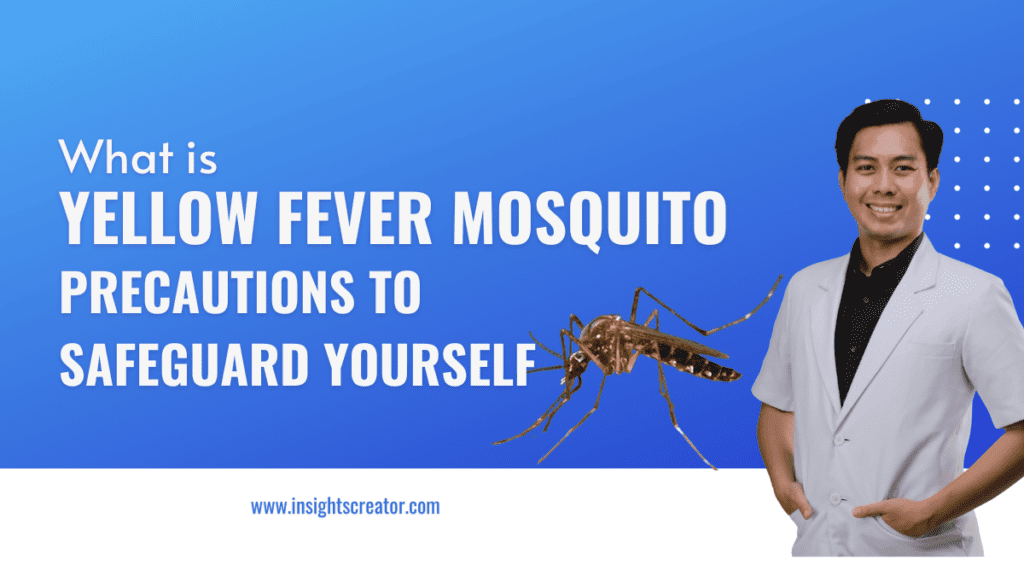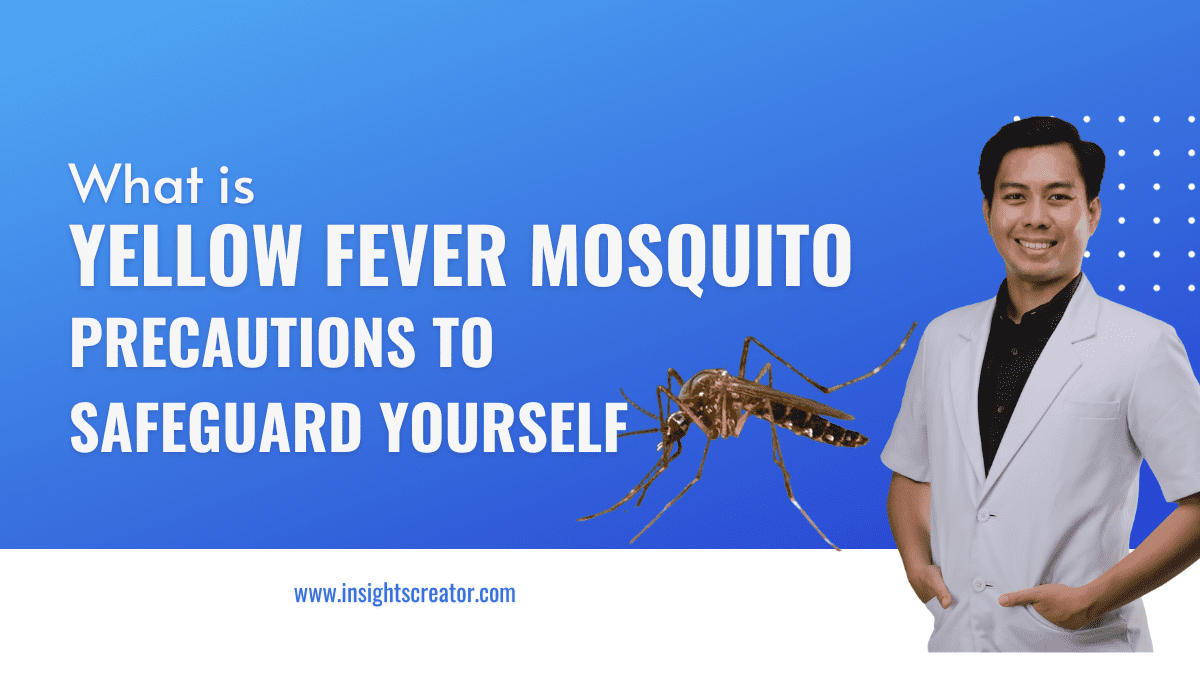Contents
Yellow Fever Mosquito: Precautions to Safeguard Yourself

Are you aware of the tiny but mighty insect known as the Yellow Fever Mosquito? This fascinating creature, scientifically called Aedes Aegypti, may seem insignificant in size, but its impact can be far-reaching. In this article, we will delve into the world of the Yellow Fever Mosquito, exploring its characteristics, habits, and most importantly, the precautions you should take to protect yourself from this resilient vector of diseases.
The Yellow Fever Mosquito Unmasked
At first glance, the Yellow Fever Mosquito might seem like just another mosquito species, but it has earned its notoriety due to the risks it poses. Here’s what you need to know about this tiny yet powerful insect:
Habitat and Distribution
The Yellow Fever Mosquito predominantly thrives in tropical and subtropical regions around the globe. Originating from Africa, it has successfully spread its wings and established populations in numerous countries, including parts of the Americas and Asia. Its ability to adapt to various environments has made it a significant concern for public health authorities.
Physical Appearance
With its distinctive black and white markings, the Yellow Fever Mosquito is easily recognizable. The females, responsible for transmitting diseases, have white stripes that accentuate their sleek black bodies. They possess a needle-like proboscis used for piercing human skin and extracting blood.

Disease Transmission Dengue fever, Zika virus, chikungunya, and of course, yellow fever
While it may come as no surprise, the primary concern with the Yellow Fever Mosquito lies in its role as a disease carrier. This mosquito is responsible for transmitting several life-threatening diseases, including dengue fever, Zika virus, chikungunya, and of course, yellow fever. These diseases can have severe consequences, ranging from flu-like symptoms to potentially fatal conditions.
Toxoid Vaccine: Why You Need Know About Toxoid Vaccine?
Important Precautions Against the Yellow Fever Mosquito
Now that we have a solid understanding of the Yellow Fever Mosquito and its potential dangers, it is crucial to arm ourselves with the necessary precautions to mitigate the risks. By following these simple yet effective measures, you can significantly reduce your chances of encountering these disease-carrying mosquitoes:
1. Eliminate Breeding Sites
“Prevention is better than cure.” – Unknown
As the old saying goes, the best approach is to prevent the problem before it arises. To tackle the Yellow Fever Mosquito, you must eliminate their breeding grounds. These mosquitoes lay their eggs in stagnant water, so it is imperative to remove any standing water around your surroundings. Here’s what you can do:
- Empty and clean containers that hold water, such as flower pots, birdbaths, and discarded tires.
- Cover or store empty containers upside down to prevent rainwater accumulation.
- Unclog gutters and ensure proper drainage.
- Change the water in pet bowls, vases, and water dishes regularly.
2. Protect Yourself Against Bites
“Insects ignore borders; diseases cross them.” – Margaret Chan
Since the Yellow Fever Mosquito feeds on human blood, protecting yourself from bites is crucial. Here are some precautions to consider:
- Apply mosquito repellent with DEET, picaridin, or oil of lemon eucalyptus (check the label for appropriate age restrictions).
- Wear long-sleeved clothing, pants, socks, and shoes, especially during peak mosquito activity hours.
- Install window screens and secure gaps that allow mosquitoes to enter your home.
- Use bed nets, especially for infants and young children.
3. Participate in Community Efforts
“Together, we achieve more.” – Unknown
Controlling the spread of Yellow Fever Mosquito requires collective action. Participating in community initiatives can significantly reduce mosquito populations and minimize the risk of disease transmission. Here’s how you can contribute:
- Support local programs targeting mosquito control.
- Educate your community about the importance of eliminating breeding sites.
- Encourage your neighbors to implement mosquito protection measures.
- Report any stagnant water sources or suspected mosquito breeding areas to the relevant authorities.
Conclusion
With its ability to transmit several significant diseases, the Yellow Fever Mosquito demands our attention and vigilance. By understanding the habits and characteristics of this mosquito, as well as implementing the necessary precautions, we can protect ourselves and our communities from the potentially devastating consequences of mosquito-borne diseases. Let us join forces in the fight against these tiny but mighty insects and create a safer environment for all.
External Link: CDC – Aedes Aegypti

